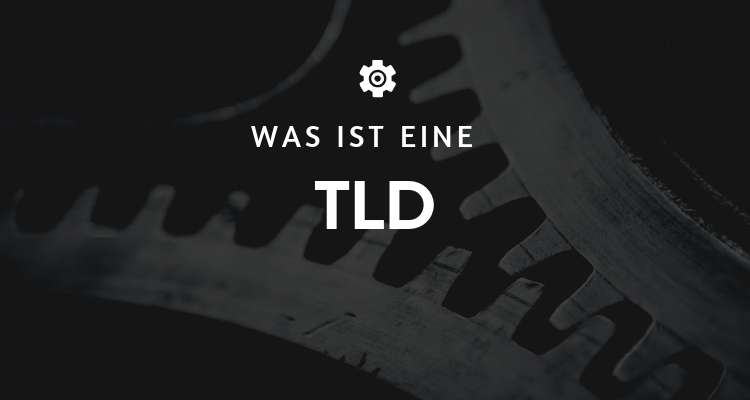What is a TLD?
A top-level domain (TLD) is the suffix or extension attached to a website. About half of all websites use the top-level domain com, commonly called "dot com". Other common TLDs are net, org, info and edu.
There are over 1,000 TLDs, but most people are only familiar with the most common ones. This is because the mass majority of TLDs are used by less than 0.1% of all websites.
There are different classifications of TLDs. For example, some are assigned to countries like ru (for Russia) are tied. In addition regional Extensions as Country code top level domains (ccTLD) classified.
Some TLDs are indicators of the content of a website like .casino or.apartments. The non-profit ICANN regulates which new TLDs come onto the market.
The home page of a website and its top-level domain is the root domain. Google.com is an example of a root domain. All so-called root domains are the top-level hierarchy of a website. Subdomains (like images.google.com) and sections of a website (like google.com/about) are therefore all sub-domains or sub-sites within the root domain.
Which top-level domain should you choose?
The first step in starting a new website is to choose the theme of your website and the Top-level domain or the suffix it will use. Registering a website usually costs 15-25€ per year and you can only register a website that is not yet registered. There are also marketplaces for buying and selling root domains (e.g Nicsell), so you can sometimes negotiate to buy a website address from someone else.
Using .com is the safest choice when it comes to branding, as it is very familiar to people and a sign of quality. However, if you are in a specific niche or locality, it may make sense to use something else. For example, non-profit organizations generally use .org and educational websites generally use .edu. It is considered a good marketing practice to use shorter and easy to spell domain names.
« Back to Glossary IndexTip: In SEO circles it is said that the ccTLD „.de“ im deutschen Raum einen kleinen Rankingsvorteil bietet. Beziehen Sie diese lokale Abhängigkeit in Ihre Branding-Entscheidung mit ein.


